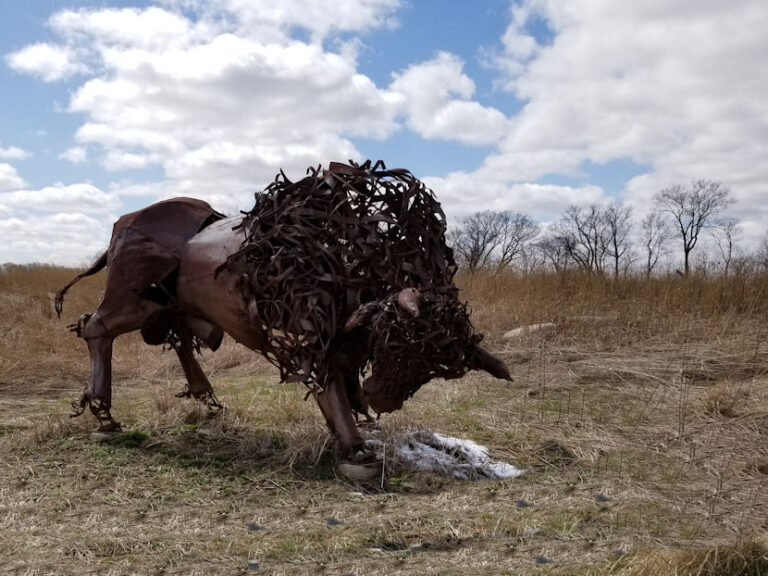
When I don’t know how to understand or make sense of my fellow humans’ actions, I tend to look to the animal kingdom for advice.
Or for a better way to live.
Sometimes it seems to me like our animal friends know better than we do about how to treat each other and keep the peace.
I recently watched a Youtube presentation by a Canadian systems and health care researcher speaking to a group of community health care providers about expectations and the reality of being part of a larger animal group — like a flock of birds, swarm of bees or school of fish.
Together we do so much
I’m sure you’ve seen videos of the morphing shapes created by a large murmuration (yes, that is a word, it basically means flock) of starlings or the seeming oneness of a swarm of bees. (I’m also visualizing the dolphins and orcas that force a school of fish into a tight ball and then pick the fish off one by one, but that’s another animal kingdom lesson.)
The researcher’s question (the presentation was by the late Dr. Brenda Zimmerman to participants of Thrive in Nova Scotia, Canada) basically was: if it takes an individual bird a specific number of milliseconds to react to a stimulus, wouldn’t it take much longer for the whole flock to react? Say a flock of starlings is swooping through the sky and one of the birds spots a red-tailed hawk. How long would it be before the entire flock would recognize that a predator was nearby and react to it?
You’d think it would it would take some time, but research has shown that the entire group reacts to stimulus 50 percent faster than any individual member of the group. This works for swarms of bees and schools of fish, as well. How? How can the group react before a single member?
Turns out there are some conditions that clue the whole group in:
- Each individual maintains an equal distance between other members of the group and other objects.
- Each individual matches the speed of its neighbor.
- And everyone in the group constantly tries to move toward the perceived center of mass of the group.
Sounds weird, but these parameters (and a whole bunch more, I’m sure) allow the group to act as one.
I started wondering, how could that relate to us humans? Is there a way that an entire group of people would be able to react to a perceived threat in a positive way before any single member of that group could do something negative?
I posed this question to the ladies in my Stop Writing Alone writing group. They helped me think of many instances when animals work collectively to ensure the safety and well-being of each member in that group: geese, wolves, and bison for a few.
To thy flock be true
Let’s start with the geese. I’m sure that at some time during your scrolling through Facebook or Instagram you’ve seen an essay about how a flock of geese can fly farther and and with less energy spent than a single goose. That iconic V shape really does have a purpose. Physics, thermodynamics and all other kinds of scientific principles are at play in that simple V shape. The lead goose cuts a path through the air and as it flies, it gives off a drag that the geese behind it benefit from. Each goose provides a little bit more “drag” to the birds behind it. And one goose doesn’t always lead. That would tire the poor bird out. So they change places — not only the lead bird, but all the birds to the end of each leg of the V. They take turns being up front. They take turns being the head guy!
And that’s not all. They constantly honk throughout the entire flight. I think of it as each bird telling the ones in front: “Keep going. You can do this. Let me know when you’re tired. You’re awesome!”
Why do we humans put so much of an emphasis on who’s leading whom? Wouldn’t it be better if we each took turns? What is it about our egos that make us want to be No. 1 and not let anyone else give us a rest and take the lead sometimes?
Leader of the pack?
What about wolves? You know they form a pack, usually an extended family unit. But did you know that the strongest among the wolves don’t always lead the pack? When they are on the move, the stronger wolves bookend the pack with the older and weaker members of the pack in the center. This way, no one member gets left behind. If old Aunt Joanie gets tired and falls behind, a stronger wolf stays with her, encouraging her to keep moving until they catch up with the pack.
Humankind can learn a big lesson from wolves. Our individual strengths don’t always provide us with safety. But our collective strengths can. When we act as one and keep the weaker, sicker members of our groups in mind, we all can win.
Brute force alone?
Then we have the bison. Those packs of wolves I’ve already talked about have to eat. When a herd of bison realizes it’s being stalked, the biggest, baddest bison form a circle with their horns facing out. The smaller, older, weaker animals cluster in the center. They let the guys with the big, pointy horns on the outside of the circle do their thing and try to keep the wolves out. It’s only when one of those weaker animals gets scared and tries to run off that it is tracked down and becomes a wolf buffet. When it leaves the safety of the herd, it’s own weaknesses and fears do it in.
This is us
So that brings me back to my swarm or flock or school or any other word you can use to describe a large group of a specific specie of animal.
What if we each maintained a “certain distance” from each other? We each matched our “speeds” to those around us? And we constantly turned toward the center of our communities focusing on the center of mass instead of how far we can each get ahead if we go off on our own?
Would our communities be able to react to a perceived threat any faster? Would we be able to come up with better solutions to the problems we face? Would the powerful among us focus more on protecting the weak instead of trying to grab as many resources as possible and get ahead while leaving everyone else behind?
I honestly don’t know, but I can only guess that since it works for the wolves and the geese and the bison, it might just work for us.
What do you think? Am I being too simplistic? Naive? Too do-gooder-ish? Maybe so, but I can always hope, right? Do you have an example of how the animal kingdom protects its own? Let me know in the comments below or send me a note at susie@stix-n-stonez.com
Until next weak,
Susie at Stix-n-Stonez
